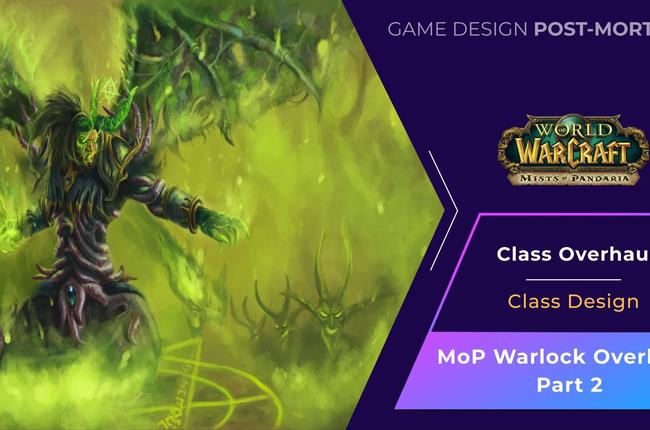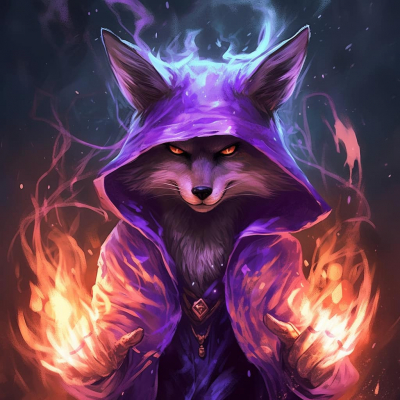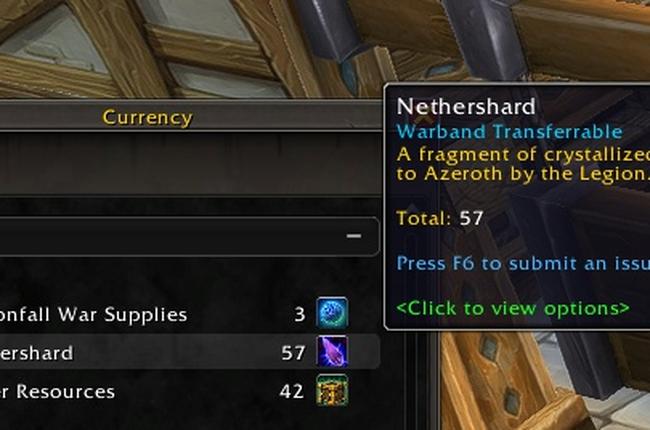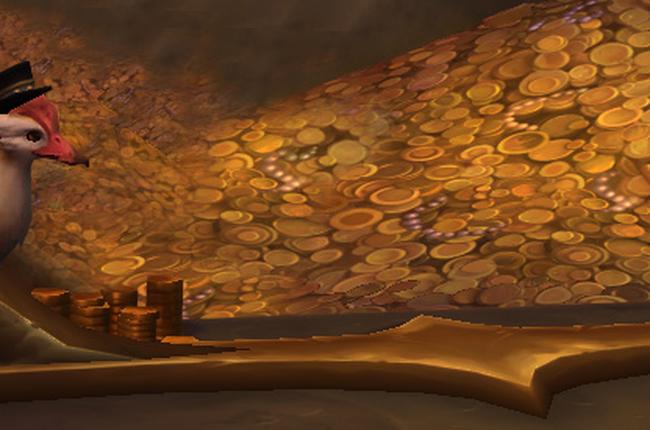Xelnath Post-Mortem: Transforming Warlocks in Mists of Pandaria

Finishing a story five years in the making, former World of Warcraft game designer Alexander Brazier (aka Xelnath) shares the chaotic tale of the famous Warlock class redesign in Mists of Pandaria, from Burning Embers to Dark Apotheosis and every wild idea in-between! Told through post-mortem examinations of lessons learned from over twenty years of experience in the video game industry, including work on World of Warcraft, League of Legends, Ori & the Will of the Wisps, and other AAA projects, Brazier shares an intimate view of a process rarely seen by players - the successes, failures, and sometimes wildly impractical ideas that shape game design.
Part 1: Redefining the Class
One of the most polarizing yet successful redesigns in World of Warcraft history, Mists of Pandaria overhauled virtually every aspect of what had become the least played class in the game, introducing new unique gameplay elements for all three Warlock specializations. While the first chapter of this story, which includes the origin of the secretive Black Harvest player council, was released several years ago, the tale has now been concluded with a review of the chaotic journey to redesign Demonology - from Pikmin-inspired Wild Imps, to Warlock players swapping perspectives with their pet, and even completely redesigning melee combat in order to create a fast and mobile Metamorphosis driven fighter that's suspiciously reminiscent of today's Demon Hunter...
Part 2: A Novel Resource System
While these concepts and a serious attempt to turn Demonology into a full-fledged tank specialization complete with taunts and survivability cooldowns were ultimately scrapped, that iterative process led to the development of Dark Apotheosis - creating a unique and memorable experience for the tough and tanky demonic class fantasy. Dark Apotheosis allowed Demonology Warlocks to remain permanently in Metamorphosis, trading damage for dramatically stronger defensive capability. Though his passion project ultimately led to parting ways with Blizzard, these post-mortems offer an insightful look at the creative process which remains valuable today, allowing us to appreciate the intricate changes that have shaped class and game identity over the last two decades. Several anecdotes along the way also add a personal touch, with familiar names like Greg Street, Jeff Kaplan, Chris Kaleiki, and Ion Hazzikostas featured throughout. For more intriguing tales of past design, check out Game Design Skills Post-Mortems - the three-part series on creating the Shade of Aran is a particularly good one!
Part 3: Going Wild
Throughout the process of redesigning the Warlock class, Brazier delves into the wild ideas that were explored. From the Pikmin-inspired Wild Imps to players swapping perspectives with their pets, the development team experimented with various concepts to bring a fresh and exciting gameplay experience to Demonology Warlocks. They even considered turning Demonology into a tank specialization, complete with taunts and survivability cooldowns. While these ideas were ultimately discarded, they paved the way for the creation of Dark Apotheosis.
The Birth of Dark Apotheosis
Dark Apotheosis became a standout feature of the Demonology specialization. It allowed Warlocks to remain permanently in Metamorphosis, sacrificing some damage output in exchange for significantly enhanced defensive capabilities. This unique and memorable gameplay experience catered to players who enjoyed the idea of a tough and tanky demonic class fantasy.
Lessons Learned
Despite the eventual departure of Alexander Brazier from Blizzard, these post-mortems provide valuable insights into the creative process behind Warcraft's class redesigns. They offer a glimpse into the intricate changes that have shaped both the classes and the overall game identity over the past two decades. Along the journey, Brazier shares personal anecdotes and mentions industry veterans such as Greg Street, Jeff Kaplan, Chris Kaleiki, and Ion Hazzikostas, further immersing readers in the behind-the-scenes world of game development.
Conclusion
The Warlock class redesign in Mists of Pandaria was a pivotal moment in World of Warcraft's history. It revitalized the Warlock class and introduced new gameplay elements that appealed to players across all three specializations. Although some ideas were discarded during the iterative process, the development of Dark Apotheosis showcased the team's commitment to creating unique and memorable experiences for players. Alexander Brazier's post-mortems provide a fascinating look at the creative process and the challenges faced by game designers. For more captivating stories of game design, be sure to check out the Game Design Skills Post-Mortems series, with the Shade of Aran piece being a particularly intriguing read! If the inspiration to create a Warlock found you in the middle of this blog, WowCarry team is happy to help you with our leveling boost services.





